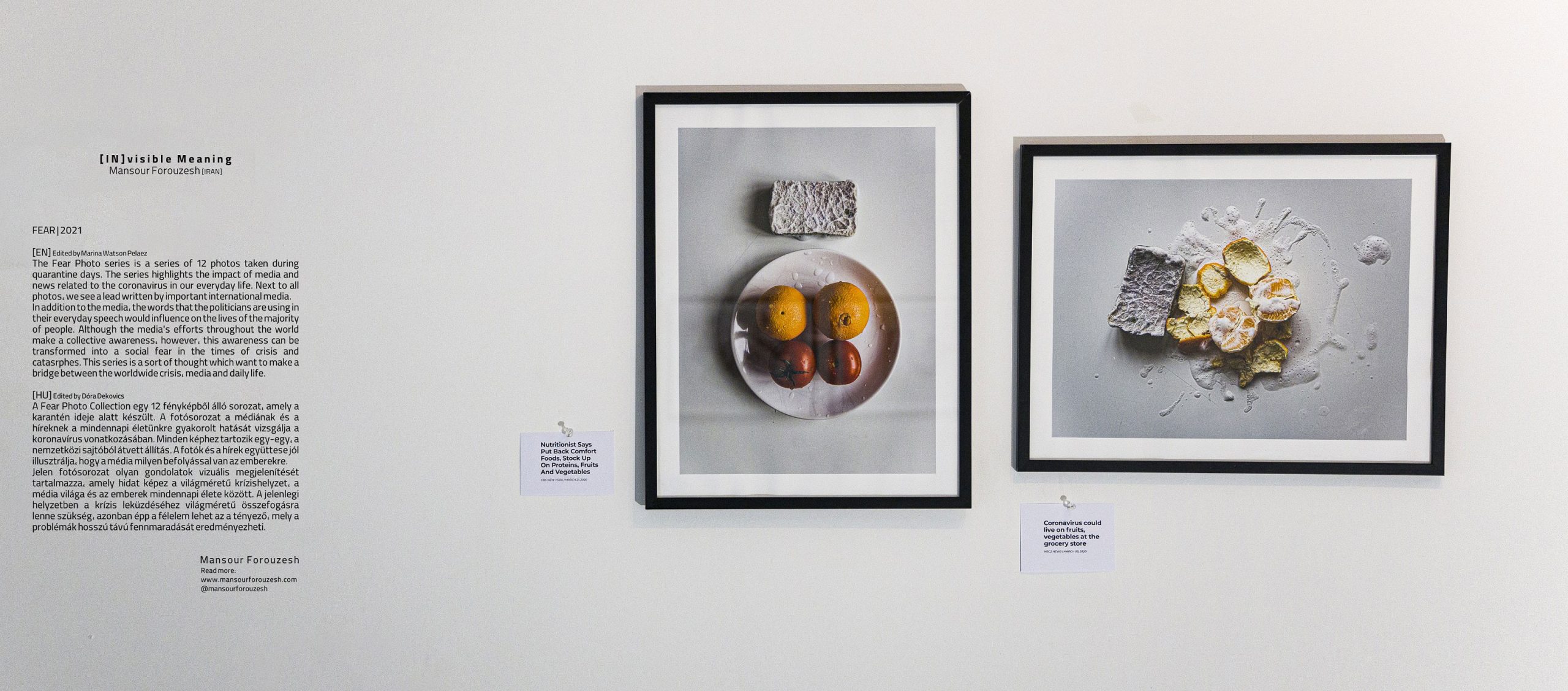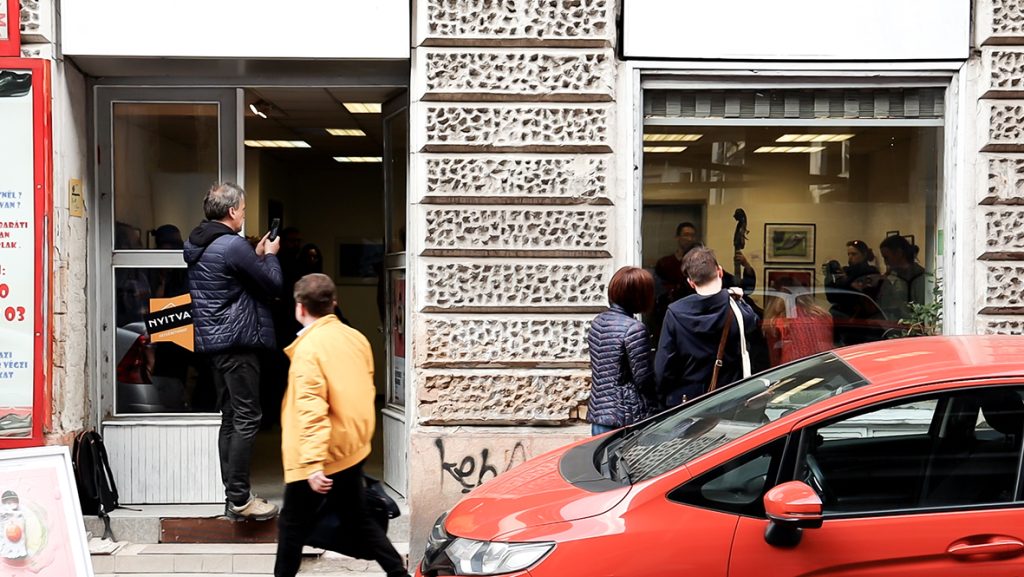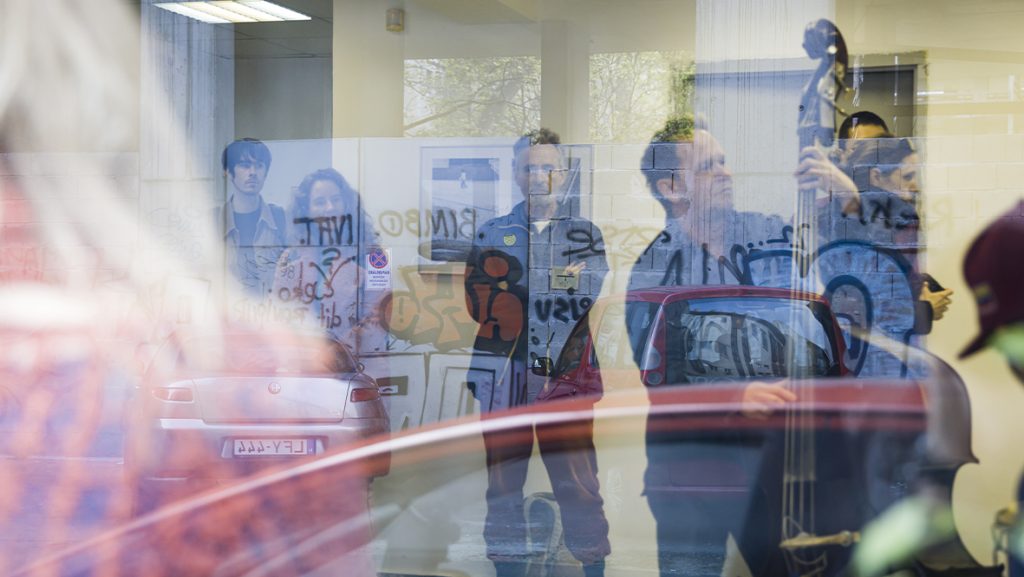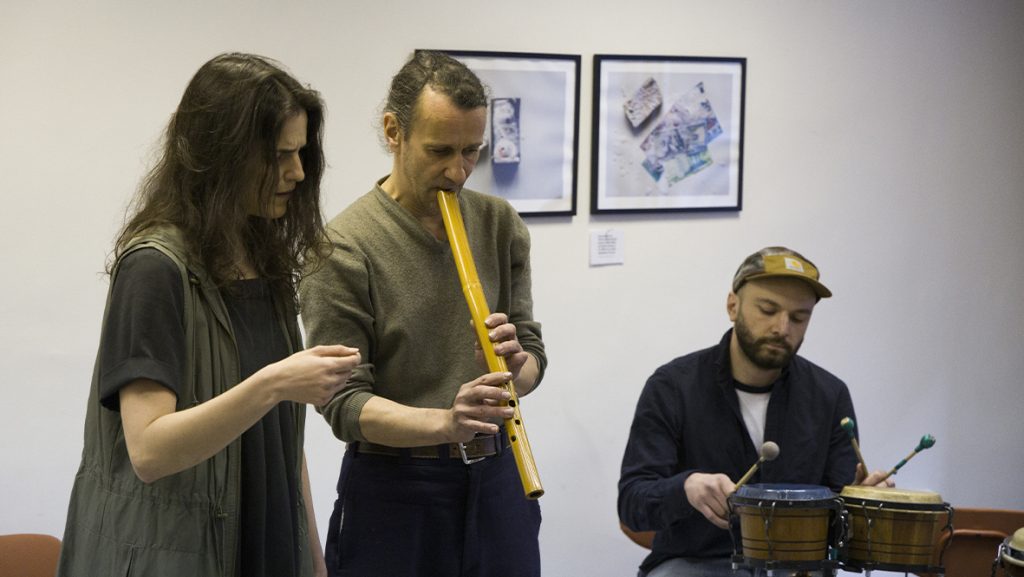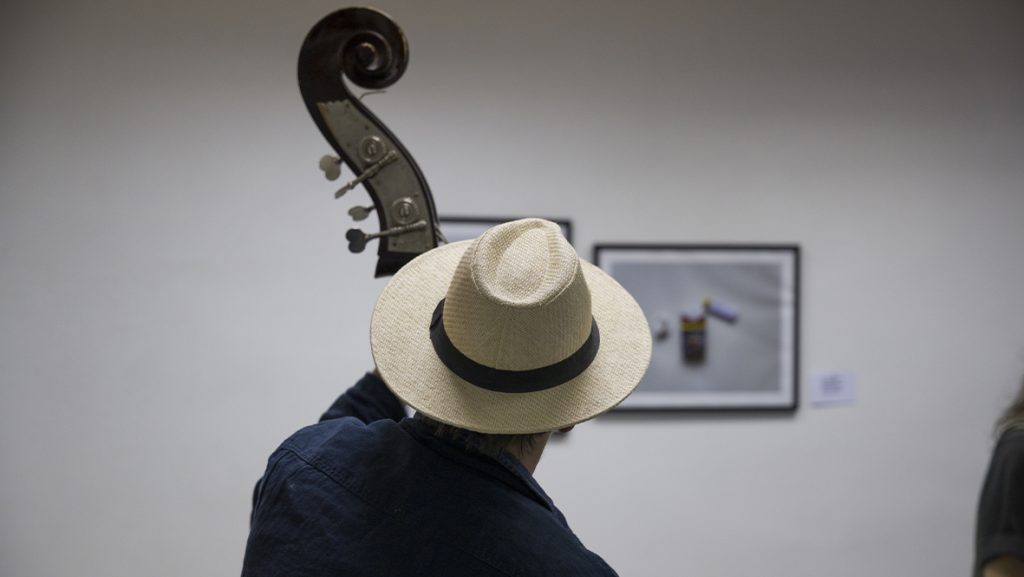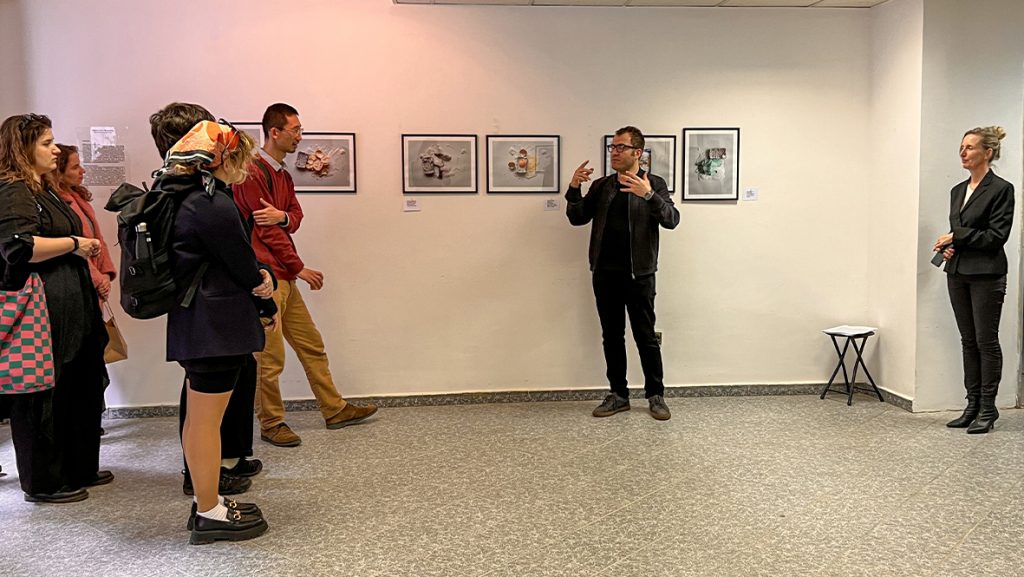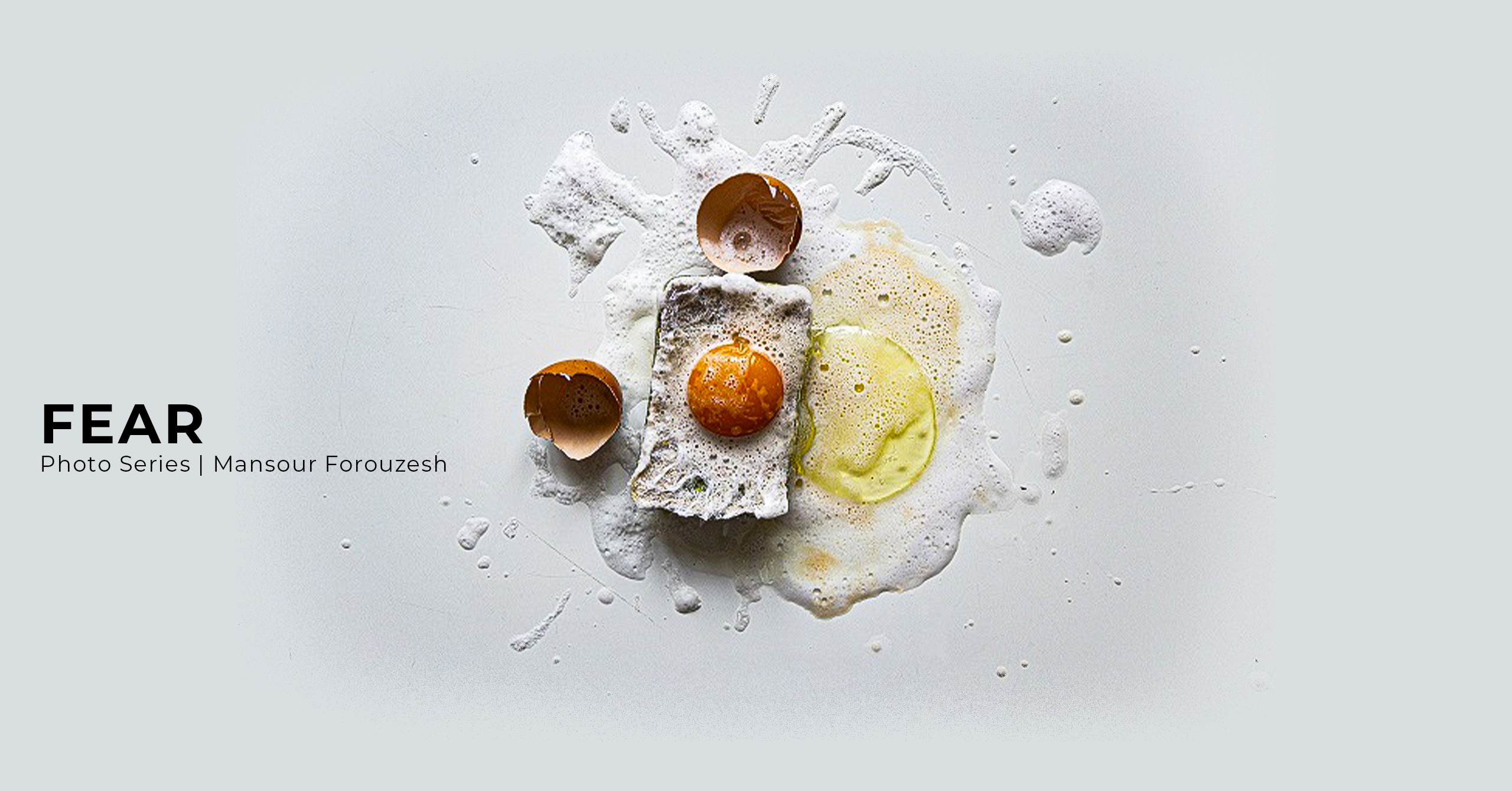
[IN]VISIBLE MEANING
Solo Exhibition
19th - 21st April 2023
Budapest, Hungary
[IN]VISIBLE MEANING
Solo Exhibition
25th - 31st July 2022
Qom, Iran
The FEAR Photo Series comprises 12 photos taken during quarantine days of the pandemic. The series highlights the impact of media and news related to the coronavirus in our everyday life.
Next to all photos, we see a lead written by important international media.
In addition to the media, the politicians’ words in their everyday speech would influence people’s lives. Although the media’s efforts worldwide create a collective awareness, this awareness could transform into social fear in times of crisis and catastrophes. This series is a thought that wants to bridge the worldwide crisis, media, and daily life.


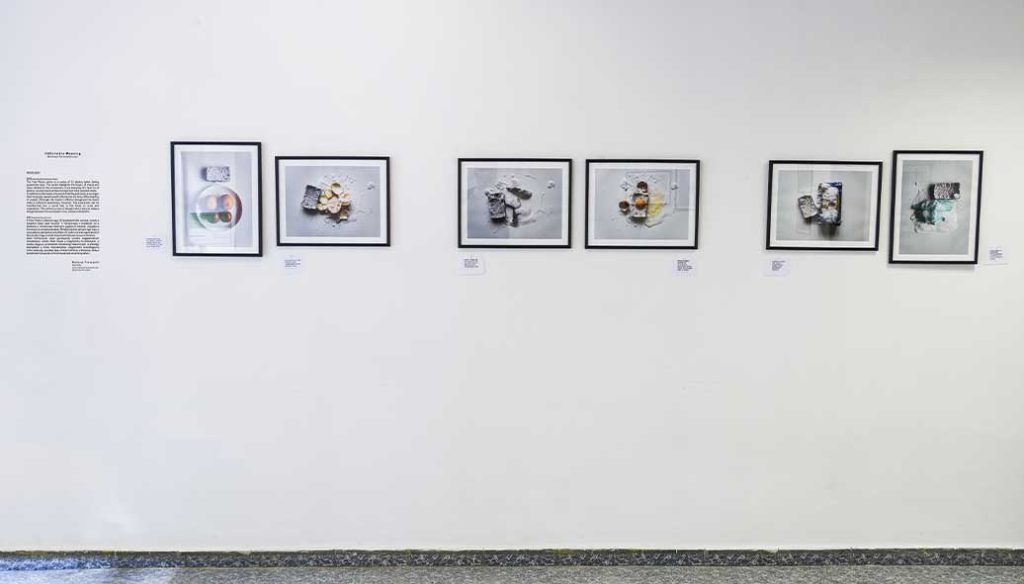
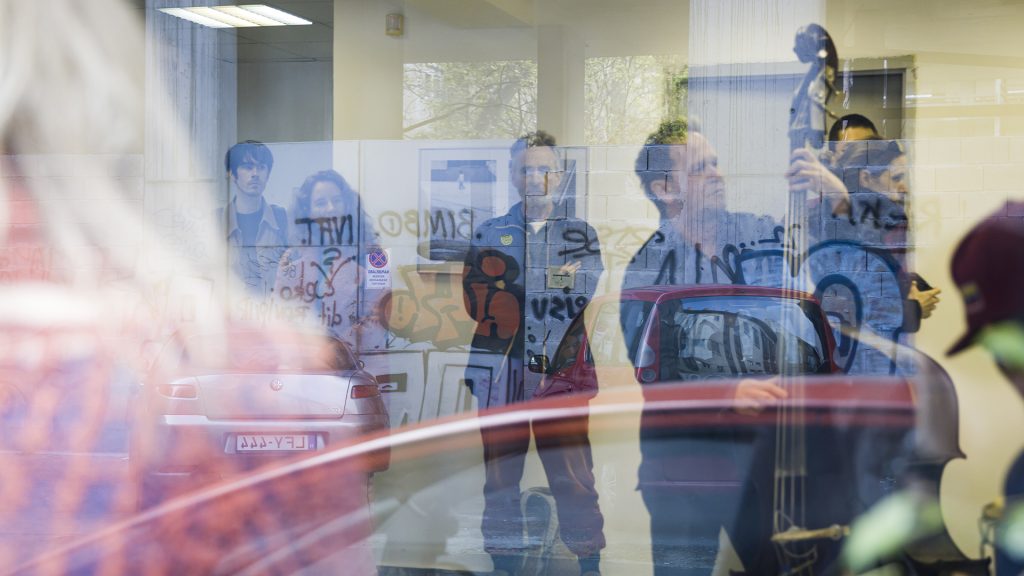
FEAR is a fine art photo series consisting of 12 carefully composed images, each created in response to a headline from a major international media outlet during the height of the COVID-19 pandemic. Produced in the isolation of quarantine, the series explores the psychological and emotional atmosphere of that period—a time when fear, uncertainty, and hyper-vigilance defined the everyday experience.
Each photograph in FEAR acts as a visual response to the evolving media narrative of the pandemic. Through symbolic staging, color, and texture, the series captures the sense that “danger” was ever-present—lurking not only in physical proximity to others, but even in the most mundane objects of domestic life. The virus, invisible yet omnipresent, became a metaphor for the unknown, turning ordinary objects into potential threats, and the home—a traditional place of comfort—into a site of anxiety.
A central concern of the series is the role of media in constructing and amplifying this atmosphere of fear. Drawing on media theory and cultural studies, FEAR examines how constant exposure to headlines, alerts, and sensationalist framing can blur the line between awareness and alarm. As scholars such as Stuart Hall (1980) have argued, media does not merely report reality—it actively frames and constructs it, shaping public perception and emotional responses. In the case of COVID-19, this framing often oscillated between information and panic, leaving individuals unsure whether they were being informed or overwhelmed.
This dynamic is also related to the concept of the “risk society,” articulated by sociologist Ulrich Beck (1992), who suggests that contemporary life is dominated by the anticipation and management of risk—often mediated through scientific and media discourse. During the pandemic, this was acutely visible in the way media narratives continuously redefined what was considered safe or dangerous, producing a state of constant alert. FEAR reflects on this phenomenon, asking how long-term exposure to such messaging reshapes not only public behavior, but personal identity, spatial awareness, and emotional stability.
Another important aspect of the work is the question of individual vs. collective experience. As Judith Butler (2020) has pointed out, crises like pandemics are not experienced evenly. While headlines present a global narrative, the actual emotional impact is filtered through class, gender, race, and geographic location. In FEAR, the intimate, staged settings underscore this personal experience—capturing how global discourse seeps into domestic space, creating private rituals of anxiety, sterilization, and hyper-control.
By pairing each image with its corresponding headline, the series acts as both a visual essay and a historical document, recording not just the content of the pandemic media, but its tone, language, and psychological reach. The photos avoid literal depiction, instead invoking metaphor and mood to allow viewers to recall their own experiences of the time—how fear was felt, contained, and performed.
Ultimately, FEAR is not simply about COVID-19. It is a broader meditation on how crisis is communicated, how emotion is constructed by language and image, and how media can shape our sense of reality, sometimes to the point of destabilization. In this way, the project also serves as a warning about the fragility of perception in the face of constant mediated anxiety.
